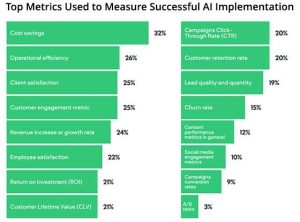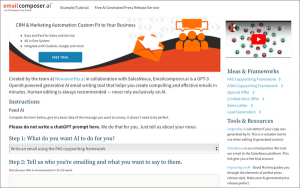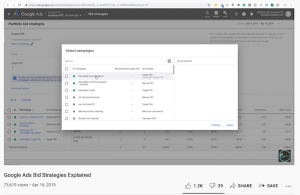— July 24, 2019
By the time July rolls around, you probably have experienced some surprises — good and bad — that have left your annual business plan in need of update. This is not surprising, as no one has yet figured out how to precisely predict the future. As a business owner, you’ve learned (or are learning) how to be flexible and roll with the punches. But that doesn’t mean it’s OK to throw up your hands and leave the future up for grabs. No, it means updating your annual plan with a mid-year check-in. Consider the following steps:
-
Review each of the first six months.
Start with your monthly financials. How did monthly gross revenues stack up against predictions? Did you sell the mix of products and/or services in the quantities you anticipated? Did you execute your marketing and sales plans? Can you discern any surprising trends? For instance, did you detect some seasonality in your sales volume?
-
Understand what drove revenue.
After the review of the monthly data, you can focus on the first half as a whole. What you want to understand is what sales drove revenue. It can be any combination of products, services or programs. The goal is to assign revenue to the items that earned it. Did you take on new clients, or a larger or more diverse customer base? From this review, you can sharpen your focus on what worked and what didn’t. This can mean revising sales forecasts for the second half or changing your offering mix. Perhaps you need to revisit your pricing strategy or marketing plan.
-
Review your operations.
Did everything run precisely, like a Swiss watch, or were there holes in your operations (more like Swiss cheese). Perhaps you didn’t maintain an optimum inventory? If so, why not? What factors contributed to overstocking or stockouts? Did purchases match expectations, or were you caught flat-footed by price hikes for merchandise, raw materials, supplies, travel, or new recruits? Very importantly, did cash flow problems prevent you from taking advantages of unexpected opportunities, such as a volume discounts on some of your inputs? Did you have to liquidate some slow-moving inventory at wholesale prices (or lower)? These are all symptoms of a cash flow shortfall, which can hurt your growth prospects.
-
Identify Solutions:
You want to keep on doing the things that worked well and identify ways to fix problem areas. Both will be evident when you compare your mid-year forecast with actuals. Areas that require attention include marketing effectiveness, product/service mix, relationships with suppliers and vendors, inventory management and cash operations. You also might need to review your workforce to see if you are getting the performance you require.
-
Rework the Year-End Plan:
This might include revising budgets, hiring new personnel, exploring new markets and evaluating return on marketing investment. Your goal is to reduce the forecast error in the second half of the year compared to the first half.
-
Review Growth Plan:
Some businesses lose money because they are too small relative to demand. That’s a growth opportunity which you should pursue, before someone else capitalizes on it. If you need to finance a growth cycle, get a business loan from a provider like IOU Financial. We’ll work with you to help you grow, making borrowing affordable and convenient.
The output of your mid-year review is a revised year-end forecast for sales revenues and costs. Over time, your forecasts should get better. At the very least, you want your errors to be equally likely on the plus and minus sides. Finally, your business might just be gosh-darn difficult to forecast. If so, your best bet is to have contingency funding available quickly so that you can respond from a position of strength.
Business & Finance Articles on Business 2 Community
(44)







